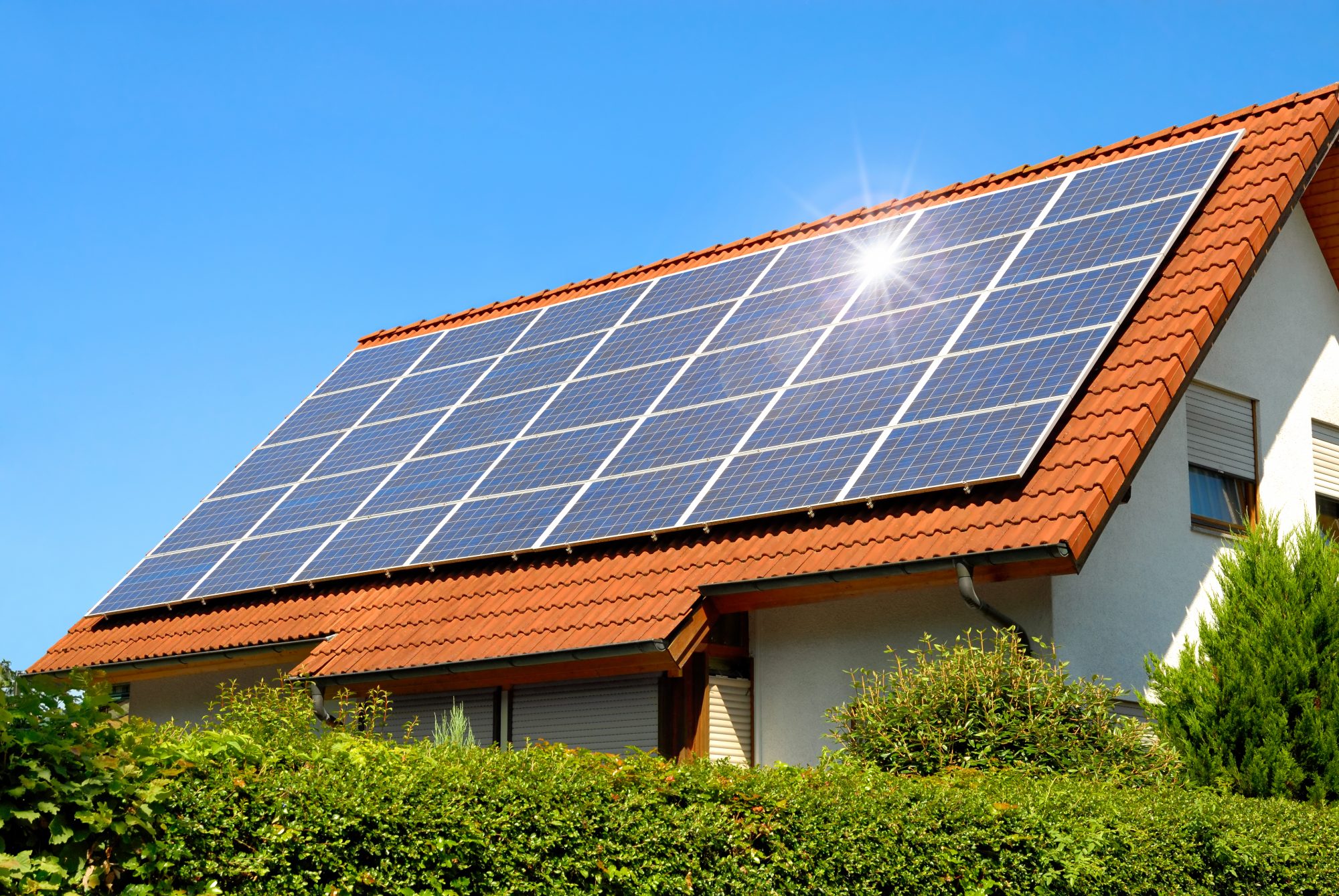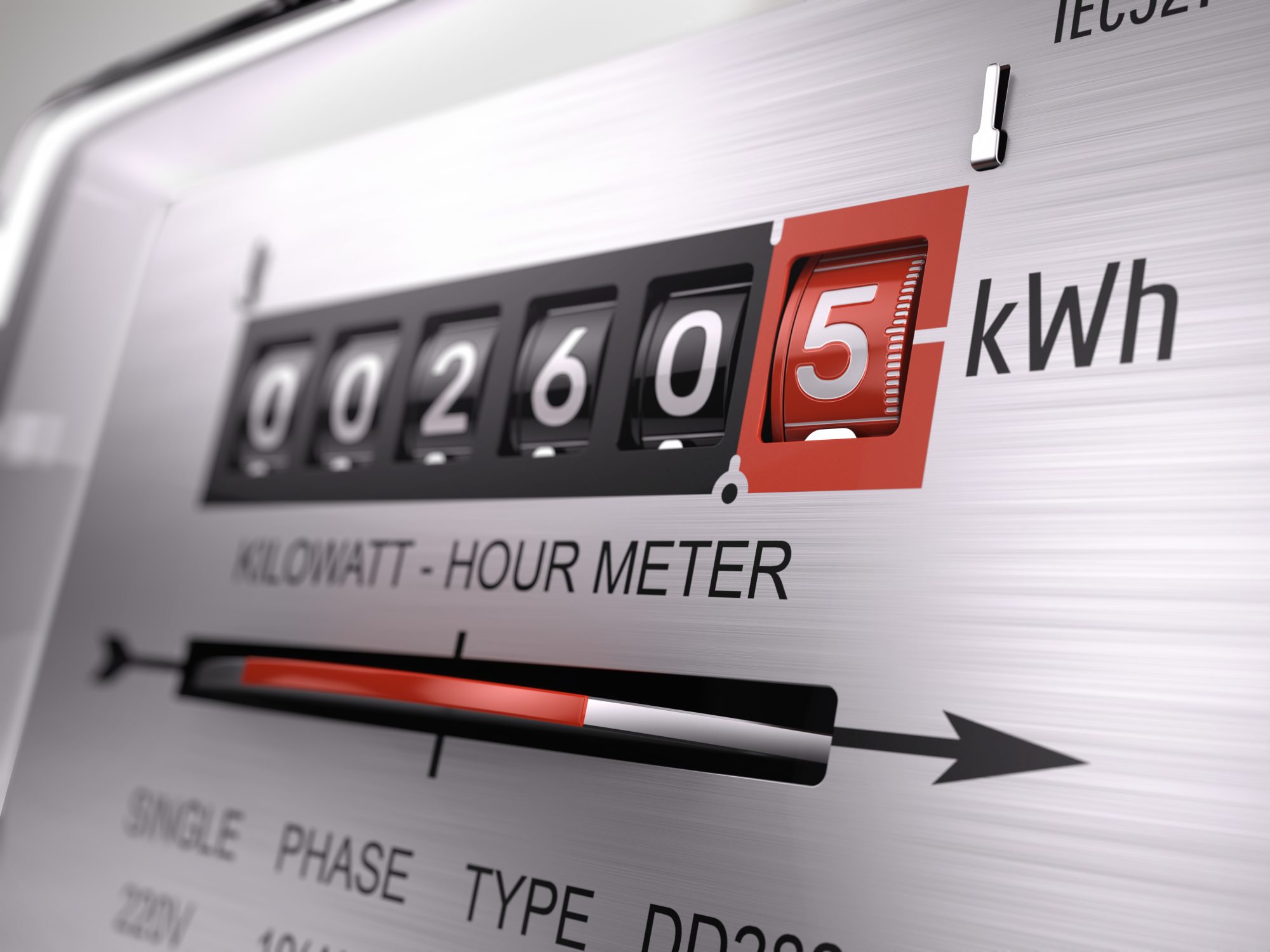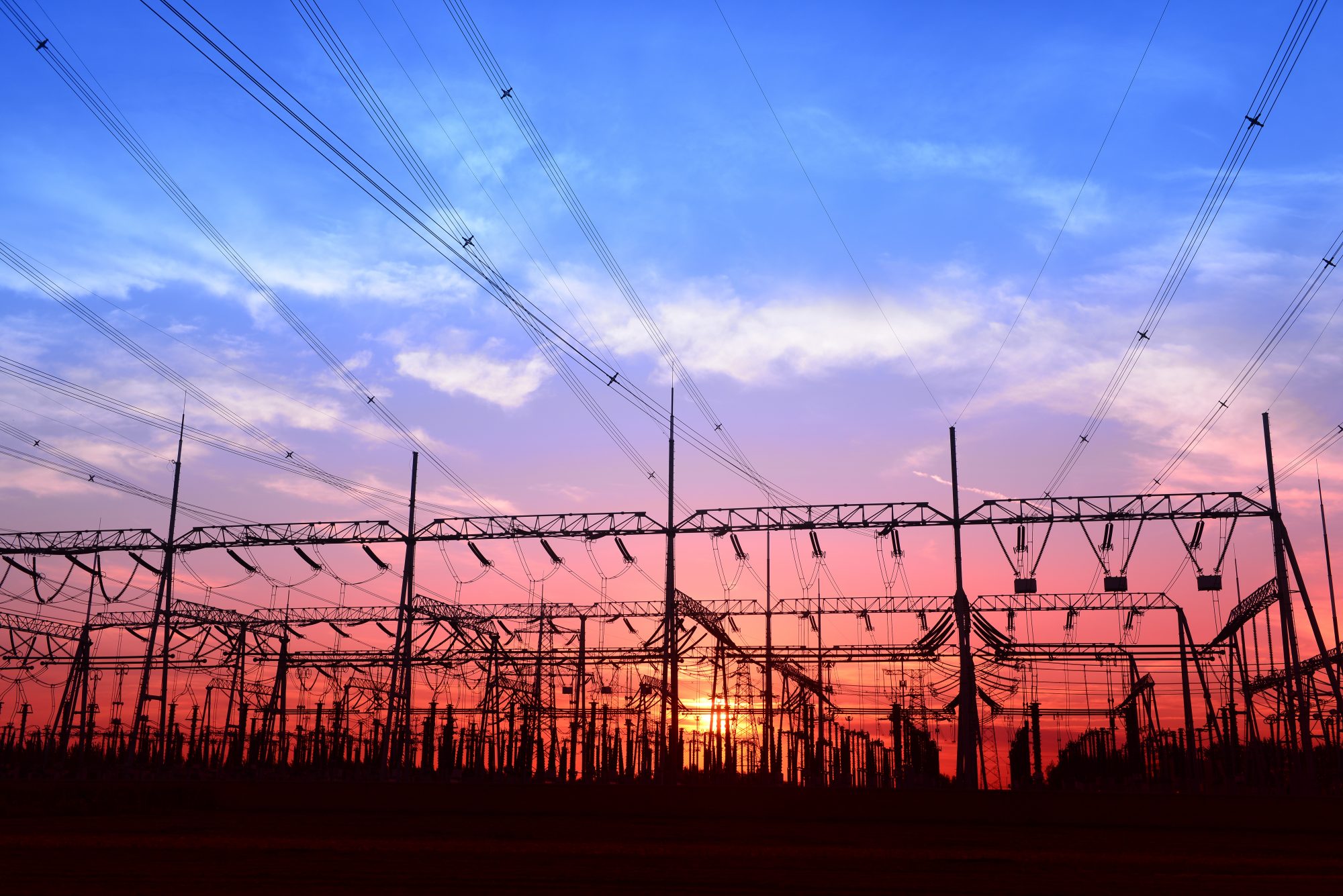The Energy Blockchain
The energy sector might soon experience a revolution through blockchain technology. A more efficient and decentralised future for global energy use awaits.
Energy is an invisible commodity in today’s world. As long as everything works out without a hiccup, people will not waste a thought about it. You flip a switch and the light goes on. But in reality, there is a complex system at work that makes sure energy is readily available to us. This system has been stagnating for the longest time, but an innovative technology that has already rocked the finance world has the potential to transform it completely.
The term “blockchain” is still somewhat of an unknown to most people. With the growing success of countless cryptocurrencies, it has gained a presence in the minds of the masses, but what it means and what it does is still a mystery to many. In the creation and transfer of Bitcoin, the blockchain is used to secure and record every single transfer in the world without the need for a central authority to validate them.
The same basic function the blockchain performs in currencies can also be useful in the energy sector. With the help of a decentralised validation and distribution system powered by the blockchain, you could soon buy and sell energy from your neighbours.
Sustainable household power generators like solar panels or wind turbines have become considerably cheaper in recent years, which makes them an interesting option for home owners. But using these renewable energy sources has a few caveats. Even houses equipped with a great number of solar panels cannot run completely self-sufficiently. The sun does not shine for 24 hours a day and places with even, but strong winds are hard to come by. A household’s electricity demand can be met for a certain time, but at some point, it needs to draw power from the grid.
Solar panel on a red roof reflecting the sun and the cloudless blue sky

If a household, on the other hand, produces more electricity that it consumes, you can either save it in expensive battery systems, where a certain amount is lost nevertheless, or sell it to a power provider. This is neither efficient, nor lucrative, as the transfer of electricity usually comes with a cost of more than five percent of power lost in the ether.
In a distributed peer-to-peer network that makes use of the blockchain, shortages and transfer losses can be avoided. Rather than selling excess energy back to power companies at a loss, individuals can sell it directly to each other. If they are within a reasonable distance within each other, energy waste through transfers can be greatly reduced. Everybody can become a producer, not only to create power for their own demand, but to sell it to others for a profit.
Plexus background

As of today, private energy producers can exclusively sell to power companies, which then resell it to consumers. The blockchain makes the middleman obsolete.
When a transaction between two parties is agreed upon, it is entered into the blockchain, a virtual ledger that records every single transaction in the system. As this ledger is shared by all participants of the system, all transactions on it are indisputable and cannot be tinkered with by anyone. The transaction happens instantaneously and without racking up any additional costs.
The transparency of the system makes it equally, if not even more secure than traditional transaction structures. Privacy concerns are not an issue, although every person on the network can see your transactions. Users are completely anonymous, with a long number as only identification. As long as you keep your identity private, no entity on the network will know who you are.
Blockchain energy sales are much more volatile, as they are completely dependent on the current market price. This means, consumers can constantly compare suppliers to get the best price. For those who find this too stressful, the process can also be automated, with the help of a system that matches consumer and producer by price and proximity to keep transfer loss as low as possible while still reaching a good price.
Kilowatt hour electric meter

Because of natural fluctuations, prices can be driven up when energy use peaks, and fall to lower levels at night. Some hope that steadily changing energy prices can affect consumer behaviour, so that peaks and valleys in consumption are levelled off, allowing suppliers to balance out supply and demand more easily through prognoses.
In a future with smart energy systems, consumers would no longer need to enter into long running, expensive contracts, but could simply change their supplier in the blink of an eye. By getting rid of all the red tape in the energy sector, producers need to make sure they are competitive so customers stay with them.
For energy sales that already use the blockchain for their transactions, it would be no trouble at all to also integrate the use of cryptocurrencies, allowing customers to forgo banks. The decentralisation of the energy, as well as the finance sector, makes citizens less dependent on gatekeepers and therefore leaves them more space to decide on the best service provider.
Blockchain technology is bound to bring a breath of fresh air into a sector that is notorious for its immunity to innovation and strict regulation. It can result in large energy savings, as electricity can go from house to house with minimal power loss. Other energy forms like natural gas or district heat can be distributed in the same way.
In the last years, energy suppliers encouraged the installation of smart metres that are able to recognize the amount of electricity used in small intervals of one hour or less, thereby making it obsolete to have technicians checking it annually. The infrastructure a network of smart metres provide, can easily be used to implement blockchain-powered energy sale and transmission. Instead of simply logging the amount of energy used locally and transmitting the data to the utility company at set times, smart metres could instantaneously confirm a sale and start the power transmission.
An Smart Meter in soft light

Another way, in which the blockchain can revolutionise the energy sector, is the issuing of energy certificates. Every time electricity is created in a power plant, it is determined where it comes from and how it was produced. This is very important, as consumers as well as regulation authorities and governments have a devout interest in how much and what kind of energy is produced. Many users will only use energy created from renewable energy sources. Governments have to comply with agreed upon emission limits, so it is essential that they exactly know how much energy was produced and how much greenhouse gases were generated in the process.
Certificates are usually created through a computer system at the power plant, where the produced energy is earmarked by recording its data into a spreadsheet that the producing company then holds to confirm its origin and the way in which it was produced. Responsible for the accuracy of this data is the utility company. This is a cumbersome process that leaves ample room for manipulation. In contrast, certificates in a blockchain system could be created immediately and securely. Every user can see where an energy package comes from and what is in it, so fraudulent labelling is virtually impossible.
Although the wheels gradually start to move to make blockchain energy sale and certificates a widespread reality, it is going to take many years to reach the conditions, under which the technology can be rolled out at a national or international level. The challenges it faces are far from miniscule.
Large utility companies will not simply give in to calls for a decentralised, market-driven energy sector. They fundamentally depend on their strong market position and the influence they have as big players. If thousands of new power providers pop up, it will significantly lower profit margins, which is a good thing for consumers, but highly unpleasant for big companies.
High voltage power grid, in the sunset

Infrastructure stands in the way of a quick energy blockchain rollout as well. The grid is not designed for peer-to-peer power transfer, but for centralised transmission. It needs to be fundamentally overhauled to make home-to-home energy sales a reality.
These considerations behind the scenes are certainly important for the future of the technology, but the thing that will likely decide the future of the energy blockchain, is whether or not it can be successfully marketed to the general population. People need incentives to change their power system, possibly entailing extra costs, to save money in the long run and become more independent. They also need easy to use interfaces and apps that make changing providers and checking prices a straight-forward task.
Only when these obstacles are eliminated, can there be a chance for the blockchain to change the way we buy and sell power. It shows great potential for making energy transactions simpler, more efficient and secure, while bringing down costs. Although it seems very promising, there is still a long way to go until we can finally sell our own juice to our neighbours.
Keywords
blockchain, energy blockchain, smart metre, efficiency, energy certificate, emissions, renewable energy, solar panels

